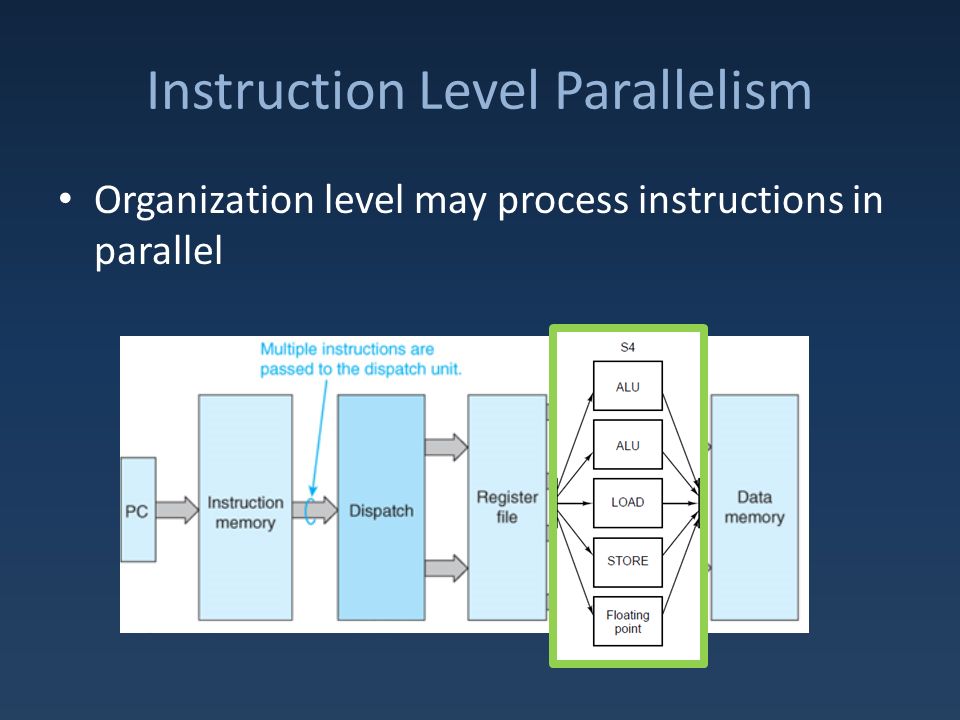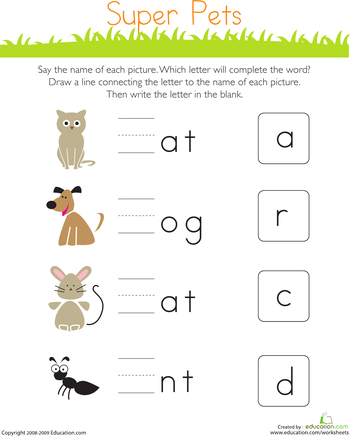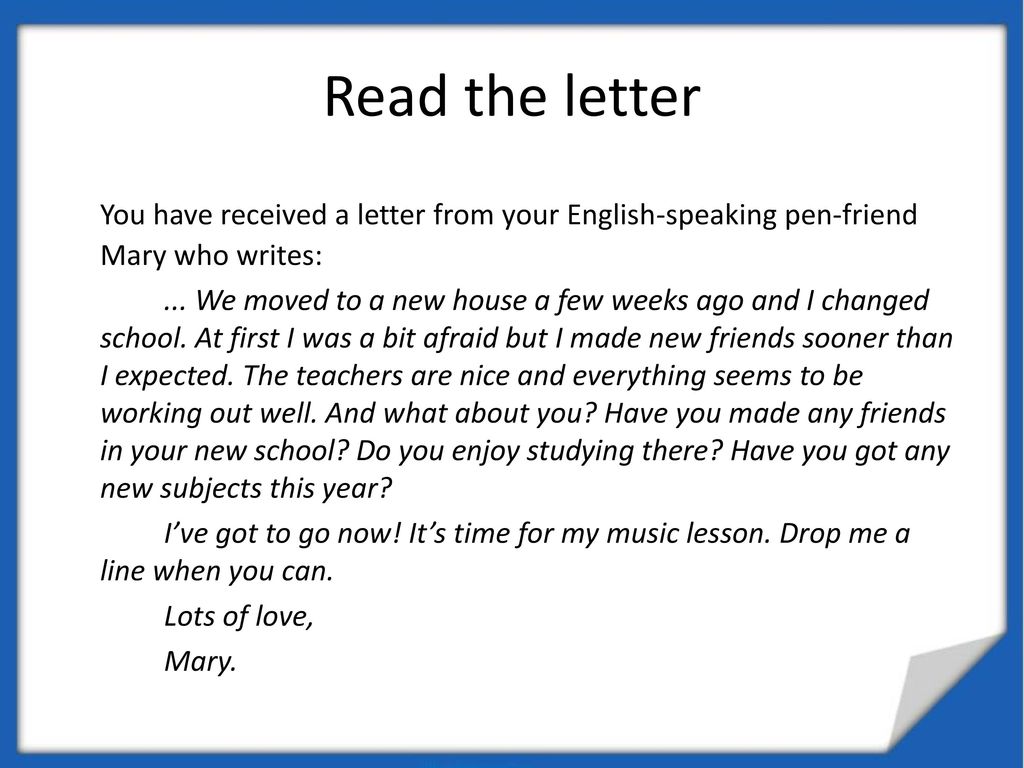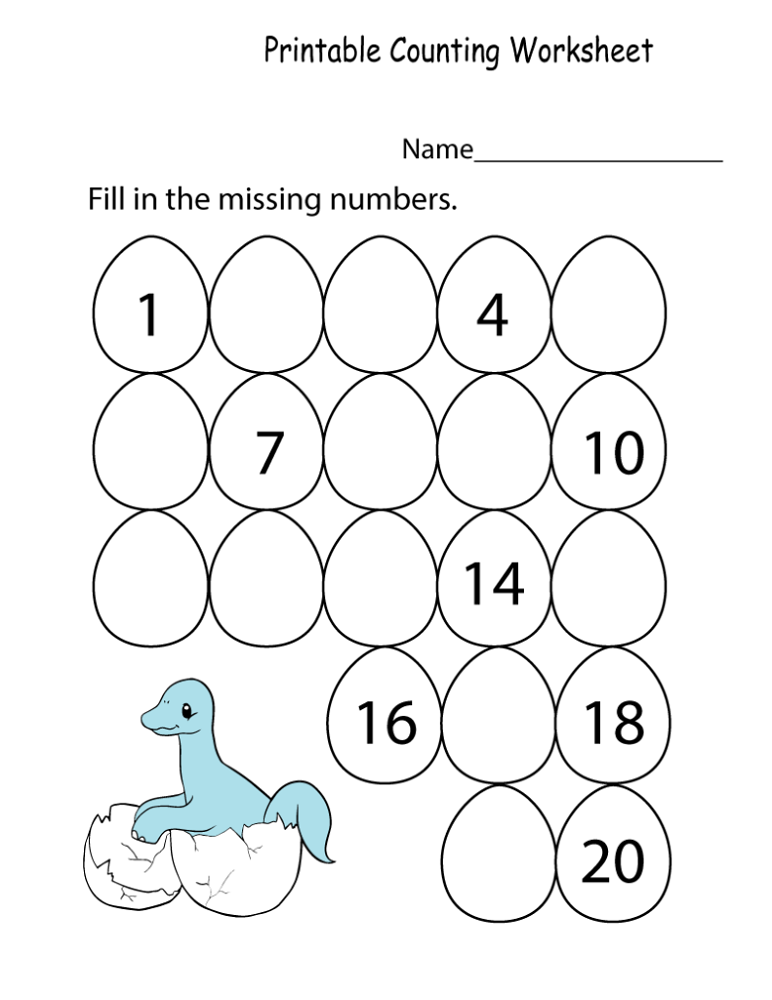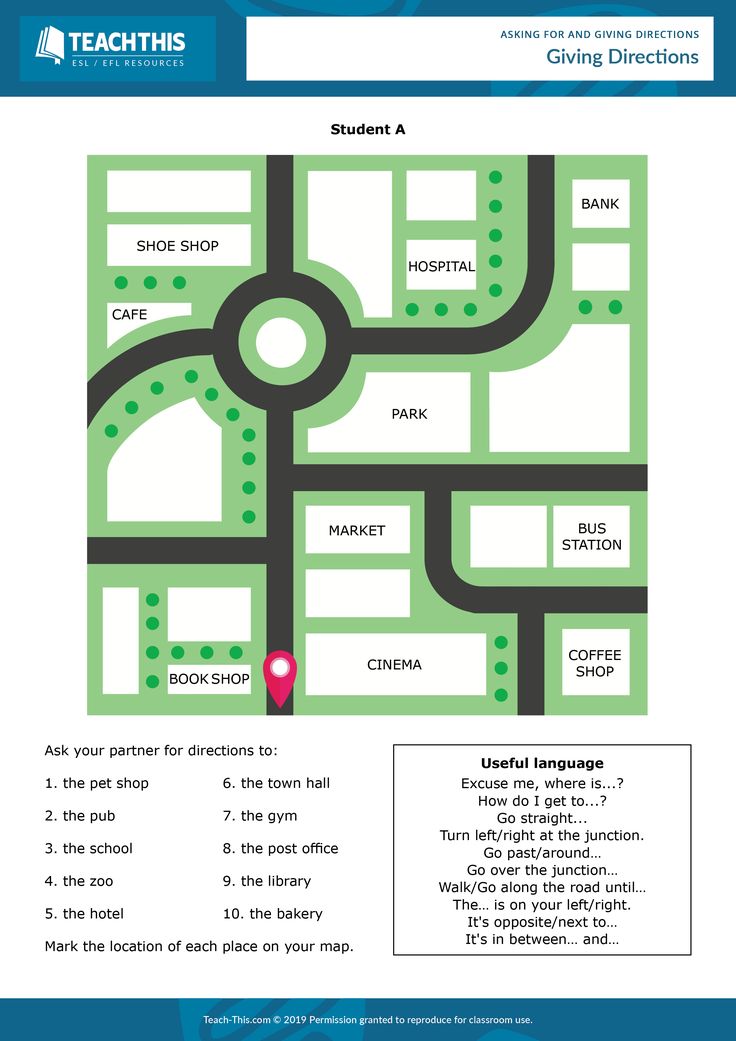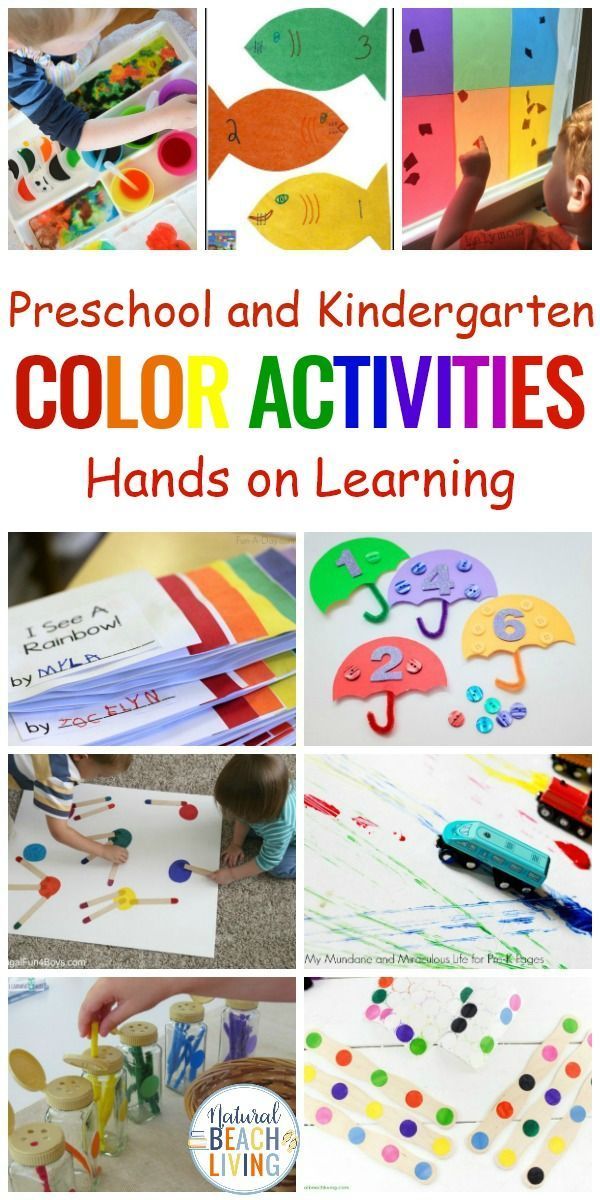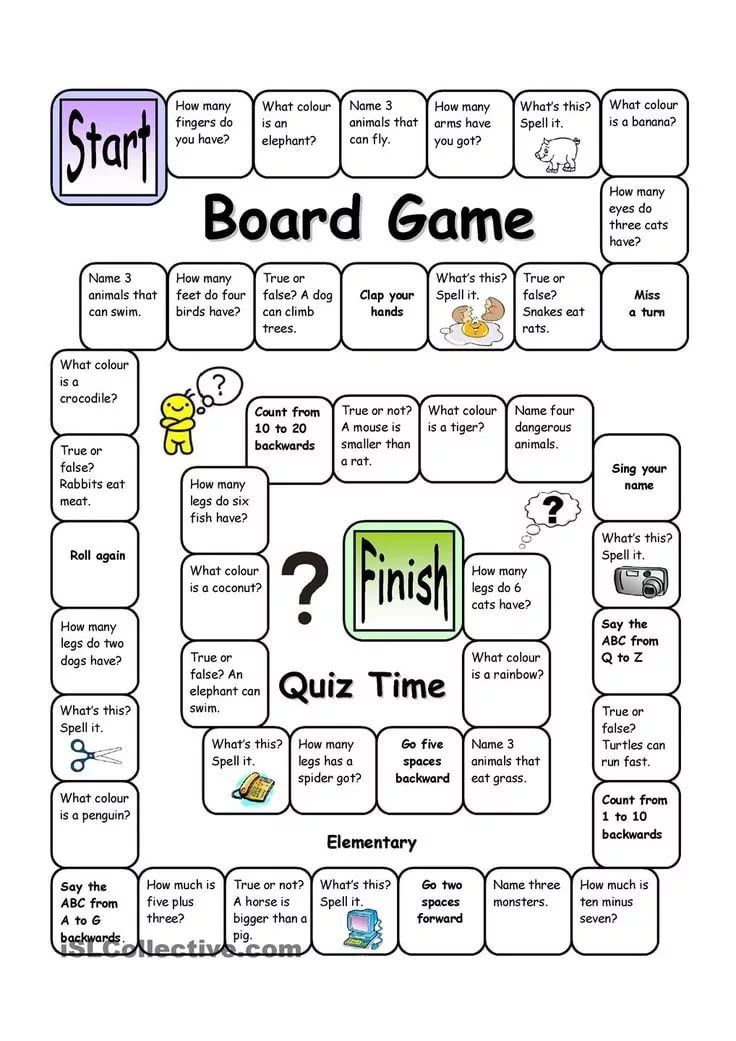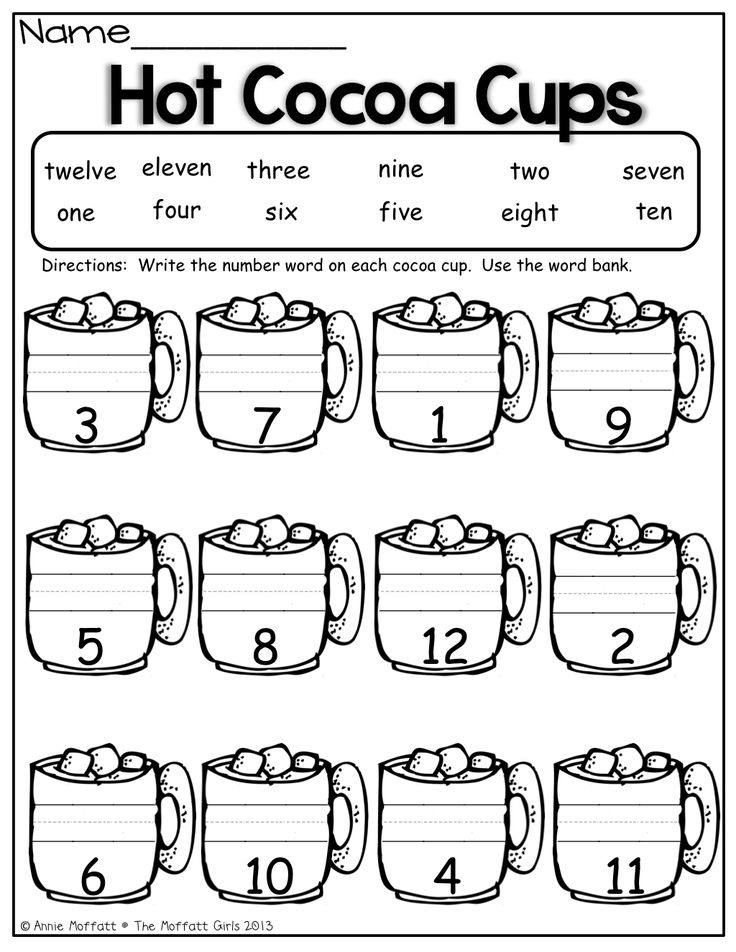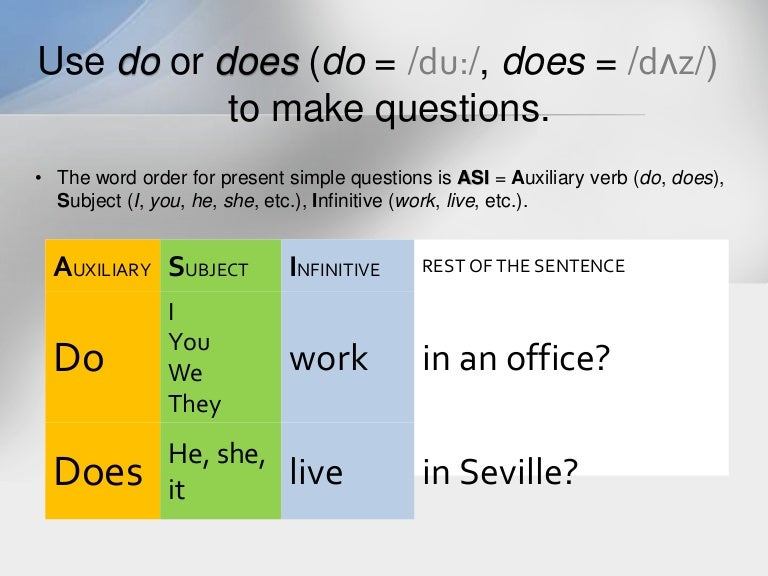What is instructional level
The Difference in Student Levels: Grade Level, Instructional Level, and Ability Level
Understanding the differences in a student’s levels can lead to more effective teaching, improved comprehension, and increased student success.
And not only does understanding the “level language” help the child, but it also helps you write better IEPs.
When it comes to how a student can and will learn and at what “level”, you have to think of 3 things:
- Grade Level
- Instructional Level
- Ability Level
And for neurotypical students, teachers don’t often have to think about all of these different terms. But special education teachers, we do.
Because we could have 10 students in our class, on 4 different grade levels on 10 different instructional levels, on 10 different ability levels. And that’s a lot of moving pieces to think about when it comes to lesson planning – and ultimately writing a child’s IEP.
The Definition of Student Language Levels
There are many terms thrown around when discussing a student’s language level. Each of the terms is important to understand so that teachers and parents know what to expect in terms of intervention and current levels.
Here are the definitions of some of the most common language level terms used in IEPs:
Grade LevelThe term Grade Level refers to the grade in which a child is placed and the expectations for students in that grade. This term can vary by state, so if a child moves during the school year, the original grade level parameters may not apply.
Instructional LevelWhile Grade Level refers to a student’s current grade, Instructional Level refers to where they are instructionally. The Instructional Level usually falls somewhere between their Ability Level and their Grade Level for students with language goals.
For many students, the Instructional Level is one level above their Ability Level. Consider this level to be the “growing” level to work towards Grade Level.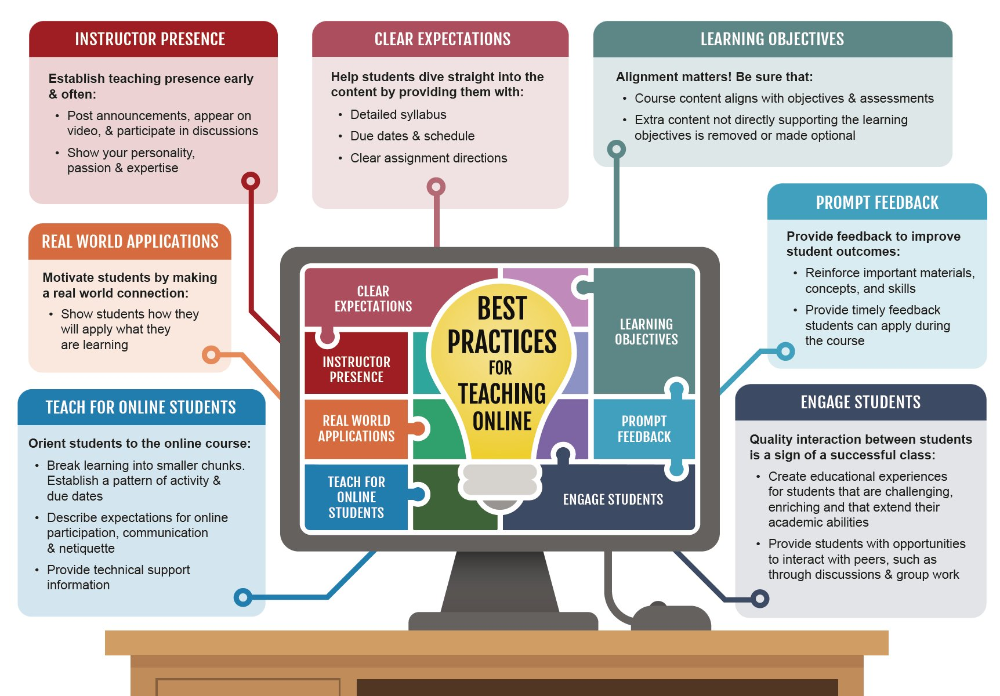
It is important to note that the Instructional Level material should not be so complex that the student frequently reaches their frustration threshold. Still, it should keep them moving forward and progressing toward their grade level goal.
Ability LevelAbility Level refers to where a student’s current abilities are at that time. It is what they can currently do independently with a high percentage of accuracy. Ability Level is sometimes referred to as Independent Level as it relies on the student completing the work with no assistance.
How Student Language Levels are Addressed in IEPs
When a student has a language goal, there is a lot of data that must be collected beforehand to make sure that the goal is addressing the need. If the goal is too low, the student will make little progress. If the goal is too ambitious, the student will reach his frustration threshold before making progress. It is a bit like Goldilocks and finding just the right fit for each student.
IEPs will typically list the student’s Ability or Independent Level first. This should include data about the percentage of accuracy over time and demonstrate that the student has mastered this level.
The Grade Level expectations may be addressed next as a baseline for what students in the current grade are expected to complete independently with a high degree of accuracy. This is important because the ultimate goal is to help the child reach that Grade Level proficiency and “catch up” to his peers.
When discussing the Instructional Level and goals in the IEP, there should be clear, specific, measurable goals that can be accurately assessed throughout the school year. They should include a percentage of accuracy and indicate what constitutes success.
Without understanding where a student’s Ability Level is and what the Grade Level expectations are, it is nearly impossible to write goals at the appropriate Instructional Level.
“Needs drive goals, and goals drive services.
Dr. Kelli Sandman-Hurley of Dyslexia Training Institute”
Without understanding the needs, it is impossible to create appropriate goals. Without appropriate goals, the services provided will most likely not drive the student forward.
For a reading level correlation chart, go here.
The Importance of Educating ParentsTeachers may understand the language used to describe student levels, but it is equally as important that parents understand. Take the time to educate your students’ parents on what the levels mean and why each must be given space in the IEP.
When families know what you are referring to, it makes them feel included and part of the IEP team.
How do you explain this to families during IEP meetings or conferences? Tell us in the comments below!
YOU MAY ALSO LIKE:
- Planning Academic Centers in a Special Needs Classroom
- What to Do When You’re Burned Out Writing IEPs
- Introducing The Intentional IEP
Why Instructional-Level Text (Usually) Isn't Enough for Lower Readers
Do you have any students in your class who aren’t yet reading at grade level?
Even if those lower students are making progress, they
still may not be “bridging the gap.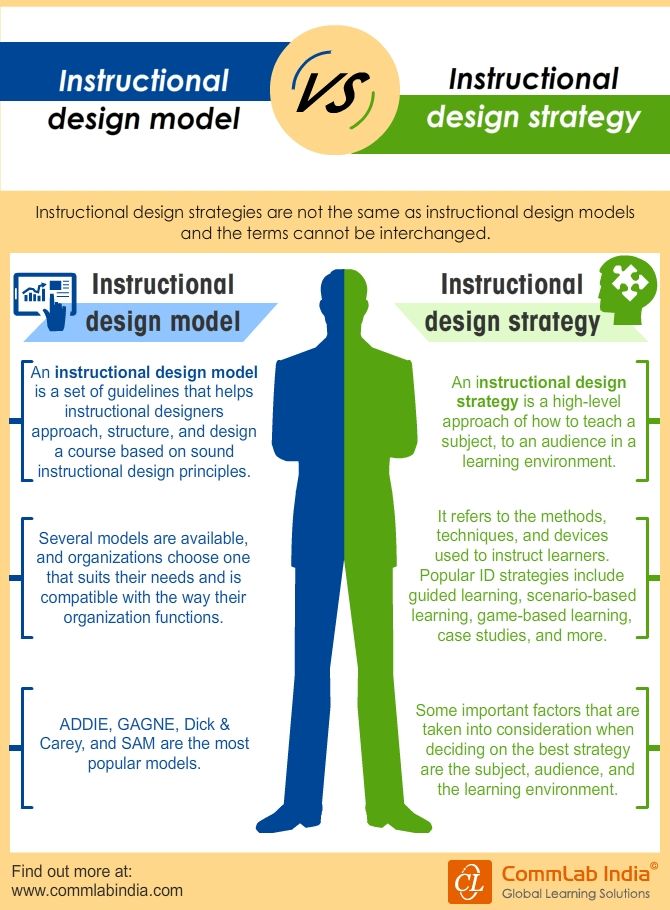 ”
”
(In other words, the higher readers are making progress, too. And the lower readers are still behind, even though they may be getting better every day.)
So how do we bridge the gap?
That’s exactly what I’m going to tackle in this blog post!
Photo Credits: Tom Wang; ShutterstockYears ago, when I was getting my master’s degree in literacy leadership (at the University of Illinois at Chicago), I worked in the university literacy clinic.
At the clinic, we served struggling readers in elementary school and high school. We were tasked with having students read grade-level text, even though the students’ independent reading levels were significantly lower.
This approach was a bit different from what I’d learned about teaching reading, especially to struggling readers.
Before that, I’d always been told to use instructional-level text.
What is instructional-level text?Instructional-level text is text that’s slightly harder than what a student can read independently.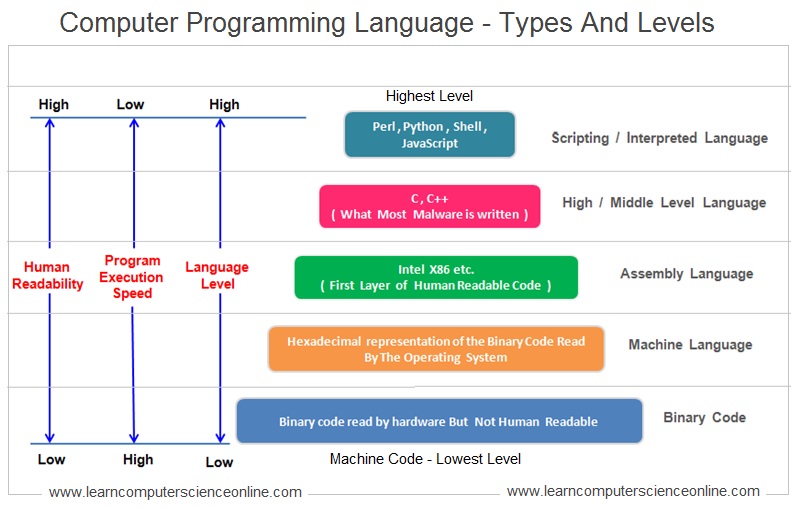 The idea is that the student can be successful with that challenging text, given teacher support.
The idea is that the student can be successful with that challenging text, given teacher support.
In theory, instructional-level text can help bring kids forward in their reading. They’re being challenged by the text, but not so much that they’re overwhelmed or unable to grasp the text.
Going beyond instructional-level text
At the reading clinic, however, we were going over students’ instructional level. In some cases, we went way over!
Our professor (Dr. Tatum) explained that if students are always given instructional-level text, then they may not ever “bridge the gap” and catch up to their peers.
That idea made a lot of sense to me. (And I also saw that it really worked! The 7th grade student I worked with really did improve in her reading!)
Still not enough…Yet…I also don’t believe that reading grade-level text is always enough to help lower readers “bridge the gap.”
My experience has shown me that students who read below grade level (and all students, really) should read texts at a variety of levels, not just instructional-level and/or grade-level text!
This concept is similar to the act of climbing stairs.
If some students are currently at the “bottom stair” (aka reading far below grade level), working in grade-level text likely won’t help them magically leap up the stairs.
In this example, there are multiple steps in between the student’s current reading level and grade-level text. (This image shows two steps, but obviously, the actual number of steps would vary.)
I propose that we give students opportunities to read books at a variety of levels.
For lower readers, this means having them read texts:
- At their independent reading level (on their own)
- At their instructional level (with teacher support…or maybe even on their own sometimes!)
- At grade-level (with teacher support)
- At levels BETWEEN their instructional level and grade level
Whoa. That’s a lotta levels!
But this actually isn’t very difficult in practice. It just means that we choose texts at different levels for our small-group reading instruction / guided reading.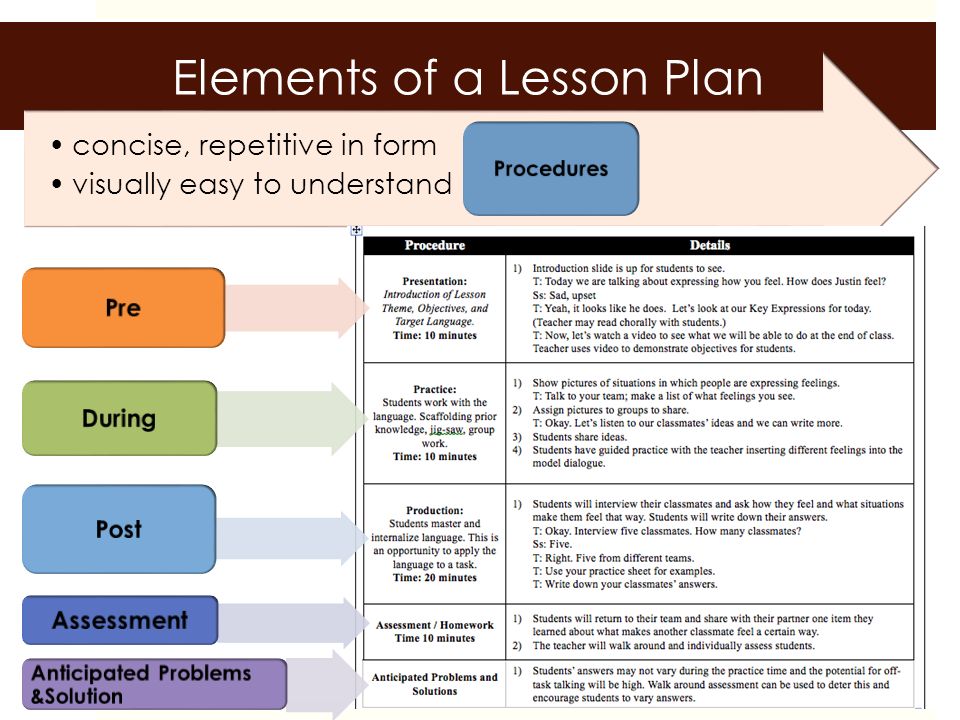
(By the way, if you’d benefit from having passages at a variety of levels so you can make this happen, check out my First & Second Grade Literacy Club. Members get new passages every month!)
When we give students a more challenging text, we also have to provide them with appropriate support. We can’t just hand them grade-level text and expect magic to happen!
In my next post, I’ll explain specific strategies to help any student successfully read challenging text. Stay tuned!
Levels of education - russianschoolmarbella.com
On September 1, 2013 a new law “On Education” came into force in Russia (Federal Law “On Education in the Russian Federation” adopted by the State Duma on December 21, 2012, approved by the Federation Council 26 December 2012). According to this law, new levels of education are established in Russia. The level of education is understood as a complete cycle of education, characterized by a certain unified set of requirements.
From September 1, 2013 . in the Russian Federation the following levels of general education are established:
- preschool education;
- primary general education;
- basic general education;
- secondary general education.
Vocational education is divided into the following levels:
- secondary vocational education;
- higher education - bachelor's degree;
- higher education - specialty, magistracy;
- higher education - training of highly qualified personnel.
Let's take a closer look at the characteristics of each of the levels.
LEVELS OF GENERAL EDUCATION
Preschool education is aimed at the formation of a general culture, the development of physical, intellectual, moral, aesthetic and personal qualities, the formation of prerequisites for educational activities, the preservation and strengthening of the health of preschool children. Educational programs of preschool education are aimed at the versatile development of preschool children, taking into account their age and individual characteristics, including the achievement by children of preschool age of the level of development necessary and sufficient for their successful mastering of educational programs of primary general education, based on an individual approach to preschool children and activities specific to preschool children. The development of educational programs of preschool education is not accompanied by intermediate certification and final certification of students.
Educational programs of preschool education are aimed at the versatile development of preschool children, taking into account their age and individual characteristics, including the achievement by children of preschool age of the level of development necessary and sufficient for their successful mastering of educational programs of primary general education, based on an individual approach to preschool children and activities specific to preschool children. The development of educational programs of preschool education is not accompanied by intermediate certification and final certification of students.
Primary general education is aimed at shaping the personality of the student, developing his individual abilities, positive motivation and skills in educational activities (mastery of reading, writing, counting, basic skills of educational activities, elements of theoretical thinking, the simplest skills of self-control, a culture of behavior and speech, the basics of personal hygiene and a healthy lifestyle).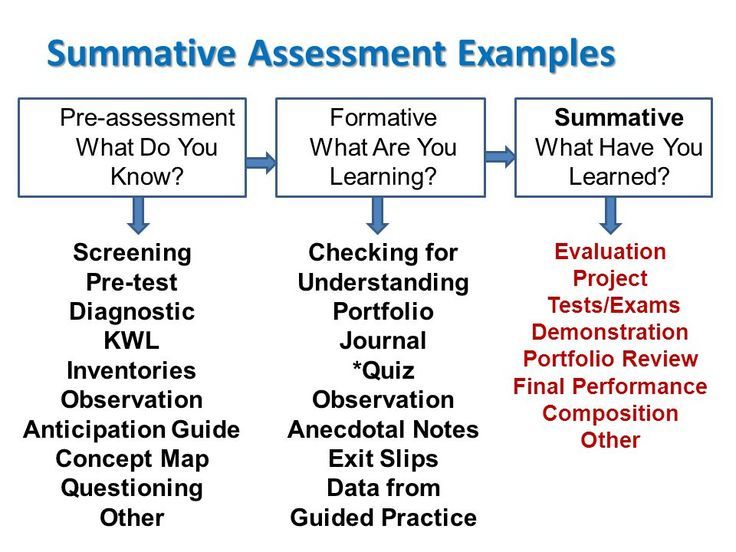 Getting preschool education in educational organizations can begin when children reach the age of two months. Obtaining primary general education in educational organizations begins when children reach the age of six years and six months in the absence of contraindications for health reasons, but no later than when they reach the age of eight years.
Getting preschool education in educational organizations can begin when children reach the age of two months. Obtaining primary general education in educational organizations begins when children reach the age of six years and six months in the absence of contraindications for health reasons, but no later than when they reach the age of eight years.
Basic general education is aimed at the formation and formation of the personality of the student (the formation of moral convictions, aesthetic taste and a healthy lifestyle, a high culture of interpersonal and interethnic communication, mastering the basics of science, the Russian language, skills of mental and physical labor, development of inclinations , interests, ability to social self-determination).
Secondary general education is aimed at the further formation and formation of the student's personality, the development of interest in learning and the student's creative abilities, the formation of skills for independent learning activities based on the individualization and professional orientation of the content of secondary general education, preparing the student for life in society, independent life choice, continuation of education and the beginning of professional activity.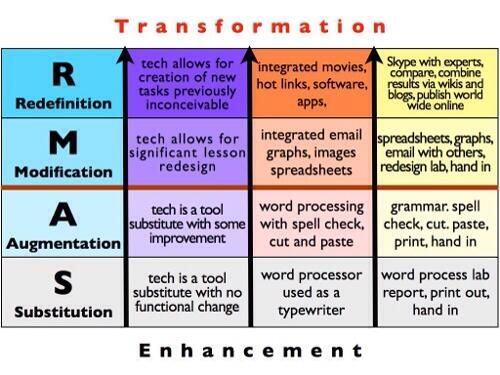
Primary general education, basic general education, secondary general education are compulsory levels of education. Children who have not coped with the programs of one of these levels are not allowed to study at the next levels of general education.
LEVELS OF PROFESSIONAL EDUCATION
Secondary vocational education is aimed at solving the problems of intellectual, cultural and professional development of a person and has the goal of training qualified workers or employees and mid-level specialists in all major areas of socially useful activity in accordance with society and the state, as well as meeting the needs of the individual in deepening and expanding education. Persons with an education not lower than basic general or secondary general education are allowed to receive secondary vocational education. If a student under the program of secondary vocational education has only basic general education, then simultaneously with the profession, he masters the program of secondary general education in the process of learning.
Secondary vocational education can be obtained at technical schools and colleges. The model regulation “On an educational institution of secondary vocational education (secondary specialized educational institution)” gives the following definitions: a) a technical school is a secondary specialized educational institution that implements basic professional educational programs of secondary vocational education of basic training; b) college - a secondary specialized educational institution that implements the main professional educational programs of secondary vocational education of basic training and programs of secondary vocational education of advanced training.
Higher education aims to ensure the training of highly qualified personnel in all major areas of socially useful activities in accordance with the needs of society and the state, meeting the needs of the individual in intellectual, cultural and moral development, deepening and expanding education, scientific and pedagogical qualifications.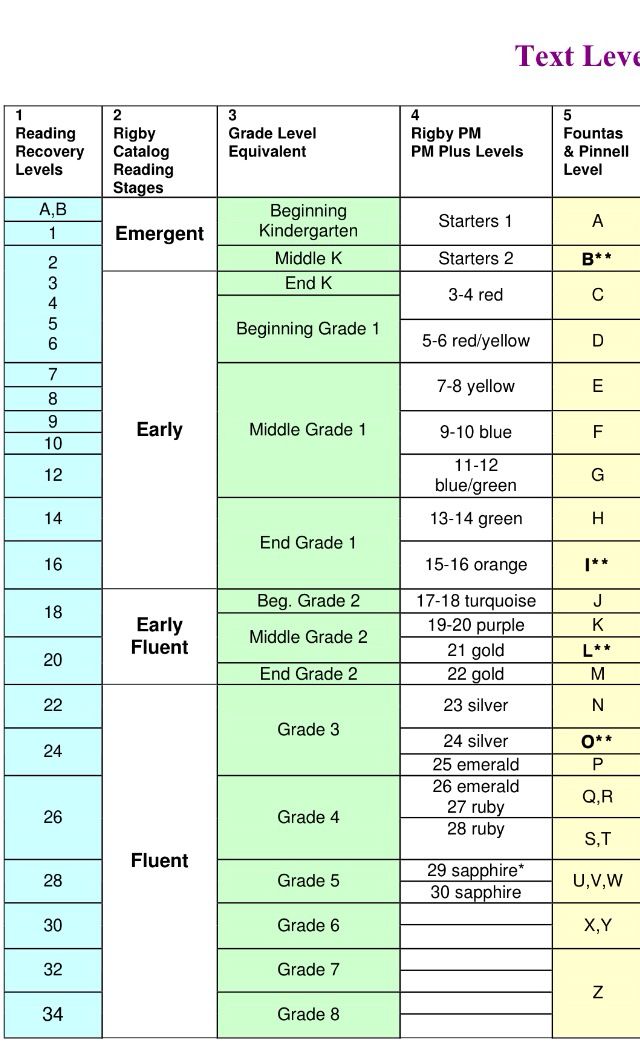 Persons with a secondary general education are allowed to study undergraduate or specialist programs. Persons with higher education of any level are allowed to master the master's programs.
Persons with a secondary general education are allowed to study undergraduate or specialist programs. Persons with higher education of any level are allowed to master the master's programs.
Persons with an education of at least higher education (specialist or master's degree) are allowed to master the training programs for highly qualified personnel (postgraduate (adjuncture), residency programs, assistantship-internship programs). Persons with a higher medical education or a higher pharmaceutical education are allowed to master the residency programs. Persons with higher education in the field of arts are allowed to master the programs of assistant-internship.
Admission to study in educational programs of higher education is carried out separately for bachelor's programs, specialist's programs, master's programs, training programs for scientific and pedagogical personnel of the highest qualification is carried out on a competitive basis.
Admission to study in master's programs, training programs for highly qualified personnel is carried out based on the results of entrance examinations conducted by the educational organization independently.
Bachelor's degree is the level of basic higher education, which lasts 4 years and has a practice-oriented character. Upon completion of this program, the graduate of the university is issued a diploma of higher professional education with a bachelor's degree. Accordingly, a bachelor is a university graduate who has received fundamental training without any narrow specialization, he has the right to occupy all those positions for which their qualification requirements provide for higher education. Examinations are provided as qualification tests for obtaining a bachelor's degree.
Master's degree is a higher level of higher education, which is acquired in 2 additional years after graduation from the bachelor's degree and involves a deeper development of the theoretical aspects of the field of study, orients the student to research activities in this area. Upon completion of this program, the graduate is awarded a diploma of higher professional education with a master's degree.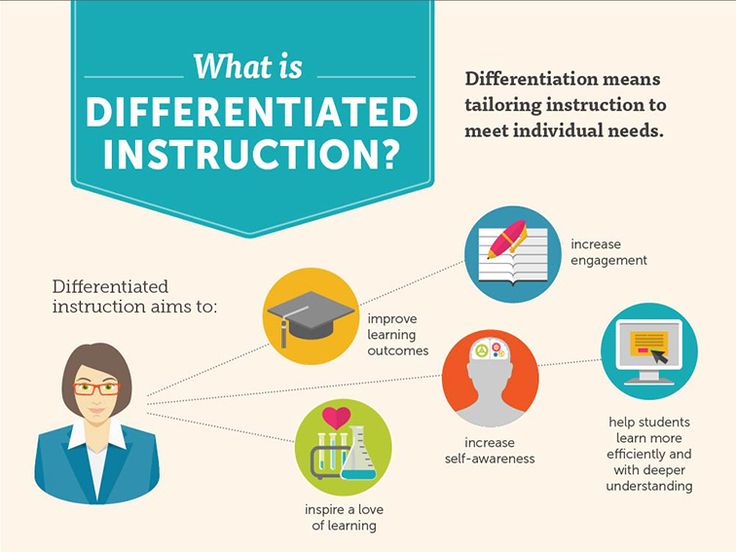 The main objective of the Master's program is to prepare professionals for a successful career in international and Russian companies, as well as analytical, consulting and research activities. To obtain a master's degree in the chosen specialty, it is not necessary to have a bachelor's degree in the same specialty. In this case, obtaining a master's degree is considered as a second higher education. As qualification tests for obtaining a master's degree, examinations and the defense of the final qualifying work - a master's thesis are provided.
The main objective of the Master's program is to prepare professionals for a successful career in international and Russian companies, as well as analytical, consulting and research activities. To obtain a master's degree in the chosen specialty, it is not necessary to have a bachelor's degree in the same specialty. In this case, obtaining a master's degree is considered as a second higher education. As qualification tests for obtaining a master's degree, examinations and the defense of the final qualifying work - a master's thesis are provided.
Along with the new levels of higher education, there is a traditional type - specialty , the program of which provides for a 5-year study at a university, after which the graduate is issued a diploma of higher professional education and is awarded the degree of a certified specialist. The list of specialties for which training is carried out was approved by Decree of the President of the Russian Federation No. 1136 dated December 30, 2009
How to choose the right university and training program?
First, we advise you to contact the Department of International Relations of your university.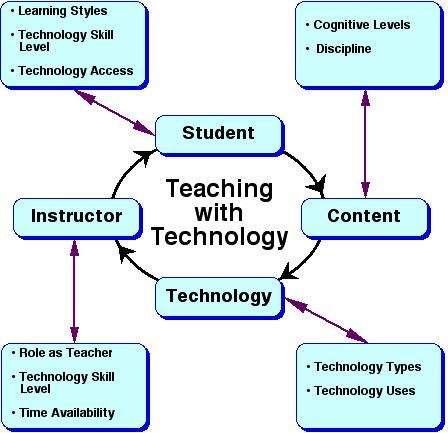 It is likely that your university has entered into a partnership agreement with French higher education institutions. In this case, you can go to study under inter-university agreements, and your stay in France will become easier and can be credited as a year of study at your university. Moreover, Russian universities also offer double degree programs with French universities: in this case, you can get both a Russian and a French diploma.
It is likely that your university has entered into a partnership agreement with French higher education institutions. In this case, you can go to study under inter-university agreements, and your stay in France will become easier and can be credited as a year of study at your university. Moreover, Russian universities also offer double degree programs with French universities: in this case, you can get both a Russian and a French diploma.
If you decide to choose your own study program in France, Campus France recommends that you apply to French universities as students of the last year of study at a Russian university. The advantages of this option are obvious: if you do not completely change your specialization, then French universities, as a rule, count the courses completed at a Russian university. Thus, you can apply for a master's level of study.
Option 1: continuation of specialty
If you do not want to change your specialty obtained in Russia, but want to continue your higher education in France, for example, at a university, then most likely you will be offered to duplicate the course you studied in Russia, for example *:
- a student of the 1st Russian university can apply for the 1st year (Licence 1), a 2nd year student of a Russian university can apply for either the 1st or 2nd year (Licence 1 or License 2) French University,
- a 3rd year student of a Russian university can apply to study at a French university or at the Lisance 3 (L3) level, or start studying from the first year (depending on the specialty),
- a 4th year student of a Russian university can apply for training at the Master 1 (M1) level, a student of the 5th or 6th year - at the level of the second year of the Master's degree (M2) or try to apply for postgraduate studies (Doctorat),
- for Russian 1st year postgraduate students, most likely, they will offer to first obtain a 2nd year Master's degree in scientific research (Master 2 Recherches) or apply for the 1st year of graduate school.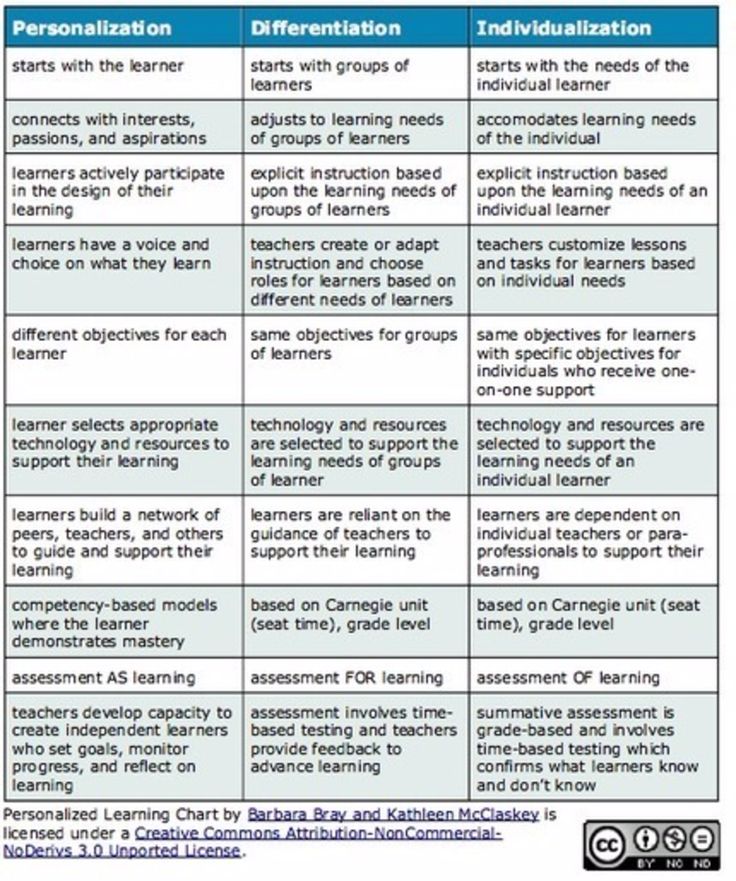
* All examples given do not apply to students traveling to France under inter-university agreements.
If you want to continue your higher education in another type of French university, you should refer to their websites and clarify the conditions of admission, keeping in mind the above principle of duplicating the last course.
If you are interested in an arts education and already have a basic or core education in the arts, you will need to pass an art competition in order to be admitted to an arts school, following which you will be offered the appropriate level of study.
Option 2: change of specialty
If you want to completely change your specialization that you are receiving or have already received in Russia, for example, having a philological education, you want to study management, then the following main options are possible:
- you will be offered apply for the 1st year of the university (see below) and start studying from the very beginning,
- if you have two or three years of work experience in the field of management, you can go through the Validation d'acquis professionnels (confirmation of professional skills), based on the results of which to be enrolled at the appropriate level in a university or other type of university,
- you can participate in the entrance examinations to the master's program of any higher school of commerce (tests GMAT, TAGE-MAGE, etc.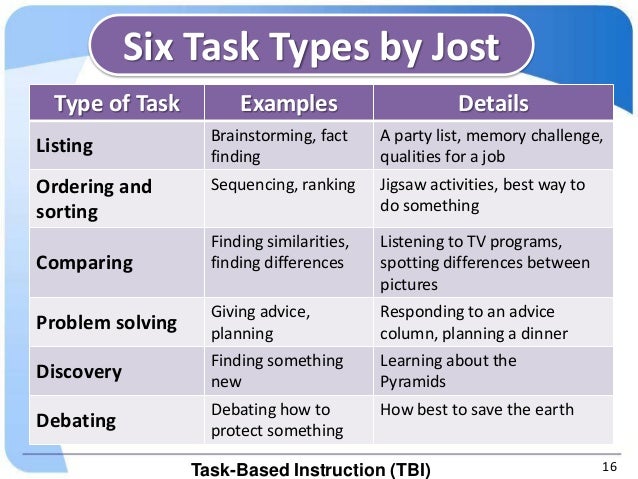 ) or the Institute of Enterprise Management (IAE).
) or the Institute of Enterprise Management (IAE).
If you want to study art, but do not have a relevant previous education, you will be offered to first study for a year at the preparatory department of the school of your choice, and then participate in an art competition for admission to the main course.
Option 3: specific recording procedures
If you want to start or continue your education in the specialty " Architecture " in public schools of architecture, then regardless of your level of education in Russia, you must go through the submission of documents for the 1st year. Important: You cannot apply directly to your chosen school of architecture. After reviewing your application, the school will offer you a course of study appropriate to your education.
A special recording procedure is also provided for medical specialties : we strongly recommend that you familiarize yourself with the description of education options in the section "Specialties" and "Entrance examinations and competitions".
When enrolling in engineering schools , please note that they currently offer two types of programs: Grande Ecole and Bachelor-Master. If you want to get a French engineering degree (which is ranked higher than a master's degree), you will be offered to study under the Grande Ecole program. At the same time, you will have to unlearn at least 2 of the three possible years. Enrollment in Bachelor-Master programs is almost the same as in universities.
The Ecole Superieures de Commerce, (Ecole Superieures de Commerce), as well as the engineering schools, offer the Grande Ecole and Bachelor-Master-MBA programs. Each school has its own admission rules, which should be clarified on their websites.
So, the algorithm for choosing a specialty and university can be as follows :
1) choosing the specialty you are interested in and choosing the level of education that matches your education,
2) searching for universities ** where this specialty is available, and clarifying the admission procedure on their websites,
3) choice of cities where you would like to go (one of the main criteria here is accommodation options and cost of living).